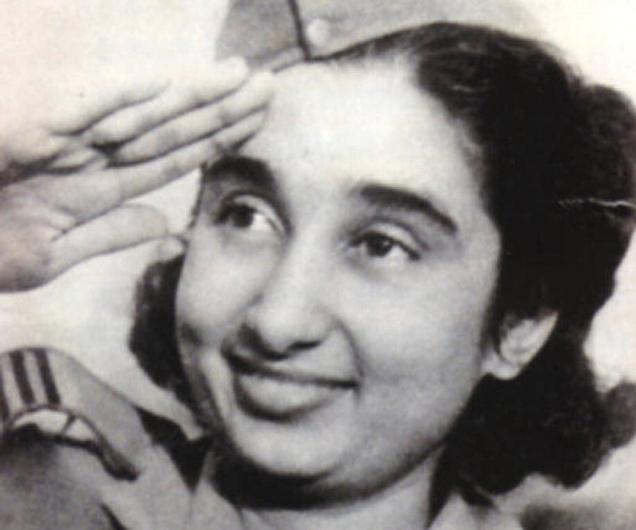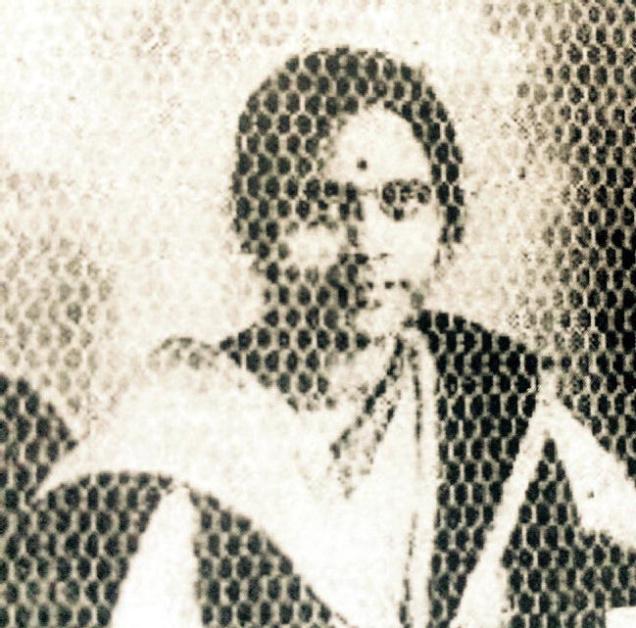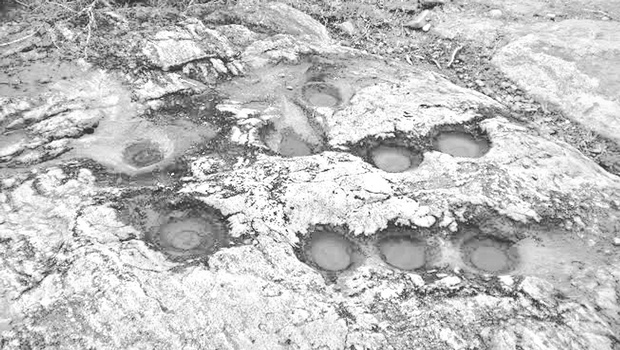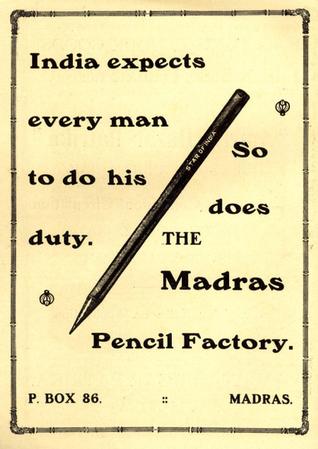
The controversy of making public Netaji Subhas Chandra Bose’s classified files has yet again spawned speculation surrounding the freedom fighter’s last days.
This is not surprising considering the leader’s radical politics always invited polarised public opinion.
The city’s tryst with the Indian National Army’s (INA) fight for independence was best embodied by ‘Captain Laxmi’ or Dr. Laxmi Swaminathan, who hailed from then Madras. Having earned an MBBS and made Singapore her home, Dr. Swaminathan led the INA’s women-only ‘Rani of Jhansi’ regiment in 1942, under Bose’s command.
Despite being captured by the British in Burma soon after, Captain Lakshmi’s unwavering support and reflections on Bose’s dubious death, as recorded in The Hindu’s archives, reveals fascinating insights.
A rare interview given in the Burmese capital on November 15, 1945, to Douglas Lackerseen of Associated Press, unveils an intimate portrait of the trailblazer.
Dressed in a plain white sari with a green border, as Lackerseen described the 31-year-old national, she came across as being formidable, on the defensive, and often fronting an impervious silence to questions. When she was asked about her loyalties, given that she was offering medical aide to wounded civilians on the behest of the British military, she said, “Never – I shall never be pro-British. I still think of myself as a member of the INA. ”
Despite facing a precarious future with INA undergoing a trial in New Delhi for its ‘terrorist’ acts, Captain Laxmi held a dogged defence. She said, “I do not regard them (members of the INA) as war criminals. How can I? In that case even I am a criminal.”
Reiterating the dominant suspicions over Mr. Bose’s death, the leader confessed to believing there was a possibility of him being alive. “I sincerely hope he lives. Subhas Chandra Bose was never a traitor to India. What he did, he did for India,” she said.
The admiration was mutual. The Hindu quotes Mr. S. A. Aiyer, a minister in Bose’s Azad Hind government, in a tribute offered to the leader in Madras on January 1, 1946: “Bose had a special relationship with Captain Lakshmi and wanted to appoint her as a minister in the provisional government. I remember him once saying, ‘She is a wonderful child, God bless her’.”
With front men of INA refusing to accept their leader’s death even then, it is not surprising that decades after, the conspiracy theories continue to thrive.
source: http://www.thehindu.com / The Hindu / Home> News> Cities> Chennai / by Nitya Menon / Chennai – December 02nd, 2014


